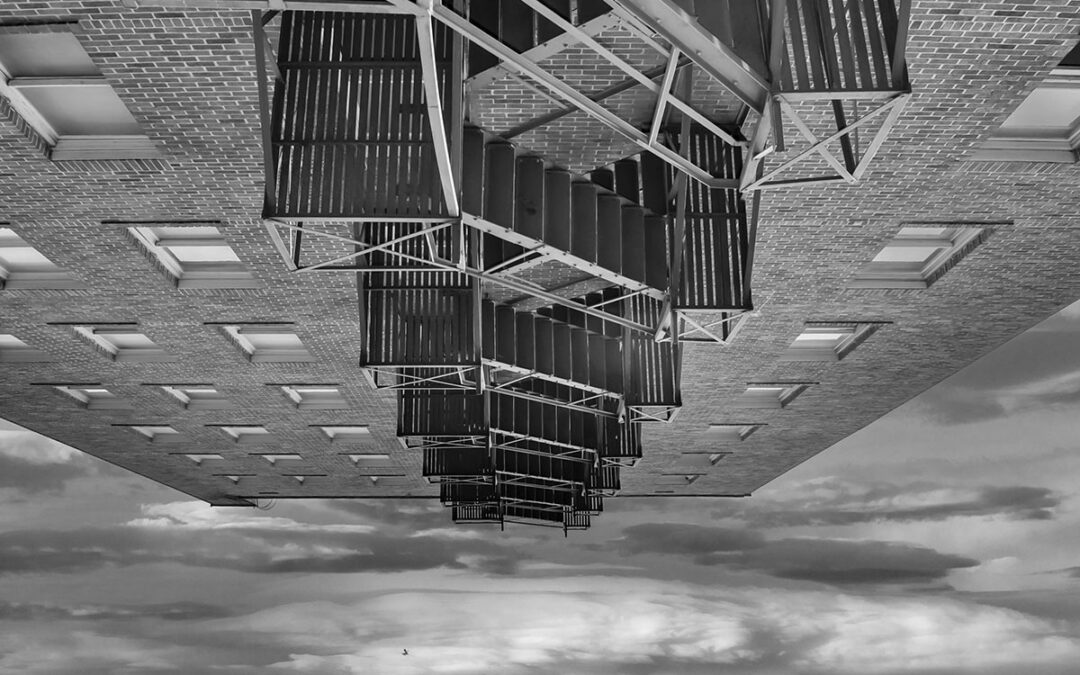In today’s digital age, the art of photography has evolved, giving rise to the contemporary photography of our time. Contemporary photography encompasses a broad range of styles and techniques, including documentary, fine art, and abstract photography. As an ever-evolving medium, contemporary photography is not bound by any particular aesthetic or subject matter. Instead, it is a reflection of the diverse perspectives and creative approaches that photographers bring to their craft.
In this article, I will explore the world of contemporary photography, tracing its evolution in the digital age, understanding the significance of abstract art in photography, and discussing the role of Photoshop and image compositing in shaping this art form. I’ll also delve into the impact of social media on contemporary photography and highlight notable contemporary photographers and their work. Through this exploration, I want to shed light on the power of contemporary photography as a means of elevating visual storytelling, ultimately enriching our understanding of the world around us.
The Evolution of Photography in the Digital Age
The digital age has brought about significant changes to the field of photography. The transition from analog to digital technology has not only made photography more accessible but also allowed for greater experimentation and innovation. With the advent of digital cameras, photographers are no longer limited by the constraints of film and can take countless images without worrying about the cost of film or processing.
Moreover, the development of high-quality camera sensors has enabled photographers to capture images with greater detail and dynamic range, resulting in images that rival the quality of traditional film photography. The ability to shoot in low light conditions, produce high-resolution images, and manipulate depth of field has opened up new avenues for creative expression in contemporary photography.
Another significant development in the digital age is the proliferation of image editing software, such as Adobe Photoshop. This powerful tool has revolutionized the way photographers approach their work, allowing them to manipulate images in ways that were previously unimaginable. Image compositing, a technique that involves combining multiple images to create a single, cohesive image, has become a popular method for creating visually stunning contemporary photographs.
Understanding Abstract Art in Photography
One of the many facets of contemporary photography is abstract art. Abstract photography is a creative approach that emphasizes form, color, texture, and patterns, rather than capturing a literal representation of a subject. This genre of photography can be traced back to the early 20th century when artists like Man Ray and László Moholy-Nagy began experimenting with cameraless photography techniques, such as photograms and solarizations.
Abstract photography allows photographers to push the boundaries of their craft, exploring the limits of perception and the potential for visual experimentation. By focusing on the intrinsic qualities of an image, such as shape, line, and color, abstract photography encourages viewers to look beyond the surface and consider the deeper meaning behind a photograph.
In the digital age, the possibilities for creeating abstract photographs are virtually limitless. Photographers can manipulate images using software like Photoshop, experiment with alternative processes and techniques, and even incorporate elements of digital art and design into their work. This fusion of traditional and digital techniques has led to the emergence of a new generation of abstract photographers who are redefining the genre and pushing the boundaries of contemporary photography.
The Role of Photoshop in Contemporary Photography
While some argue that the use of Photoshop diminishes the authenticity of photography, others contend that it is simply another tool in the photographer’s arsenal, allowing them to push the boundaries of their craft and explore new avenues of creative expression.
Photoshop has become an indispensable tool for contemporary photographers, providing a platform for creative expression and experimentation. Image compositing, retouching, and color grading are just a few of the many techniques that photographers can employ using Photoshop, allowing them to manipulate their images in myriad ways. Most contemporary photographs are actually layered compositions and can contain hundreds of layers each building upon the previous alteration to the image, resulting in the final photograph.
One of the most significant impacts of Photoshop on contemporary photography is the ability to create composite images. Through image compositing, photographers can merge multiple images to create a single, unified scene. This technique has opened up new possibilities for storytelling, enabling photographers to construct fantastical worlds and surreal scenes that defy the limitations of traditional photography.
In addition to image compositing, Photoshop has also revolutionized the process of retouching and color grading. These techniques allow photographers to enhance their images, correcting imperfections, and adjusting the overall aesthetic to achieve a desired mood or atmosphere. Through the use of layers, masks, and adjustment tools, photographers have greater control over the final appearance of their images, ensuring that their vision is accurately represented.
The Impact of Social Media on Contemporary Photography
Social media has had a profound impact on contemporary photography, providing photographers with a platform to showcase their work and connect with a global audience. Platforms such as Instagram, Facebook, and Flickr have become hubs for photography enthusiasts, allowing them to share their images, discover new talent, and engage in a global conversation about the art form.
The rise of social media has also led to the democratization of photography, as anyone with a smartphone and an internet connection can now capture and share their images with the world. This has resulted in a surge of creativity and innovation, as photographers are constantly exposed to new ideas, styles, and techniques.
However, the popularity of social media has also raised concerns about the commodification of photography, as images are often reduced to mere “likes” and “shares.” Some argue that this has led to a focus on superficial aesthetics, rather than the substance and meaning behind an image.
Despite these concerns, there is no denying the significant role that social media has played in shaping contemporary photography, providing photographers with unprecedented access to a global community and a platform for self-expression.
Notable Contemporary Photographers and Their Work
The world of contemporary photography is vast and diverse, encompassing a multitude of styles, genres, and techniques. Here, we highlight a few notable contemporary photographers whose work has made a significant impact on the field:
- Cindy Sherman: Known for her conceptual self-portraits, Sherman explores themes of identity, gender, and representation through her photography. Her work challenges societal norms and expectations, often employing costumes, makeup, and props to assume various personas.
- Alec Soth: A documentary photographer, Soth’s work often focuses on the American landscape and its inhabitants. His images capture the beauty and melancholy of everyday life, providing a poignant look at the human condition.
- Hiroshi Sugimoto: A master of black-and-white photography, Sugimoto’s work encompasses a wide range of subjects, from architectural photography to seascapes. His images are characterized by their simplicity, precision, and meditative quality.
- Viviane Sassen: Known for her vibrant and surreal images, Sassen’s work blends fashion, fine art, and documentary photography. Her unique visual language challenges conventional notions of beauty and composition.
- Gregory Crewdson: Crewdson’s large-scale, cinematic images blur the line between photography and film. His elaborately staged scenes often evoke a sense of mystery and unease, inviting viewers to contemplate the narratives that lie beneath the surface.
Conclusion: The Future of Photography in the Digital Age
As we look to the future of photography in the digital age, it is clear that contemporary photography will continue to evolve and push the boundaries of visual storytelling. The merging of traditional and digital techniques, experimentation with abstract art, and the ever-present influence of social media will undoubtedly shape the direction of the medium in the years to come.
While the digital age has brought about new challenges and concerns, it has also opened up a world of possibilities for photographers, providing them with the tools and platforms necessary to explore their creativity and share their work with a global audience.
As we continue to navigate this exciting and ever-changing landscape, one thing is certain: the power of contemporary photography to captivate, inspire, and challenge our perceptions of the world around us will only continue to grow.


